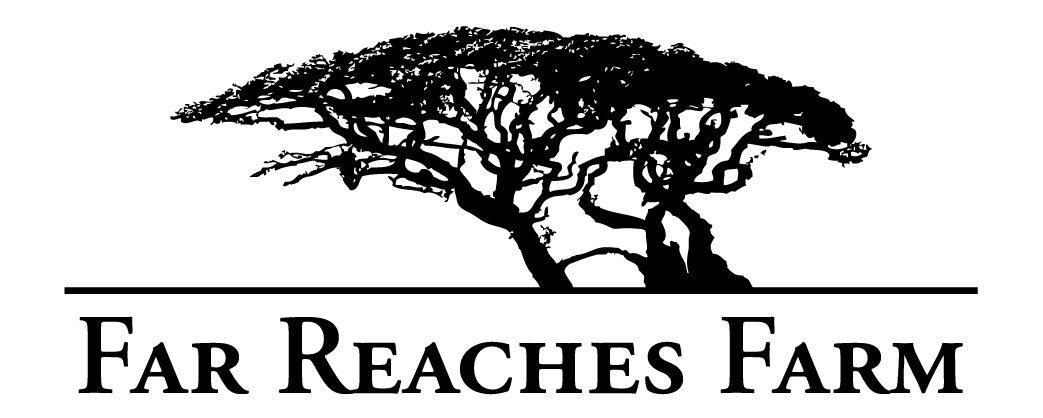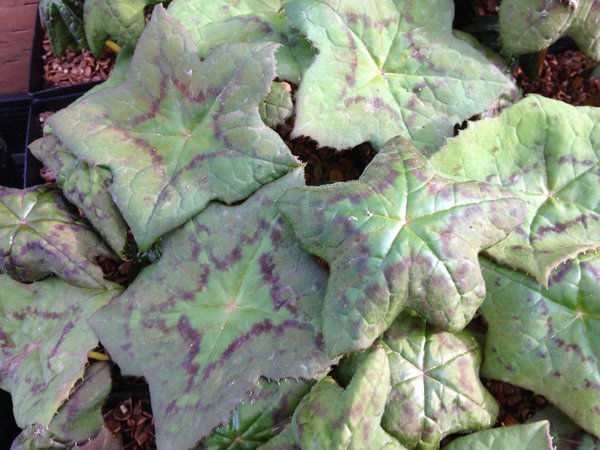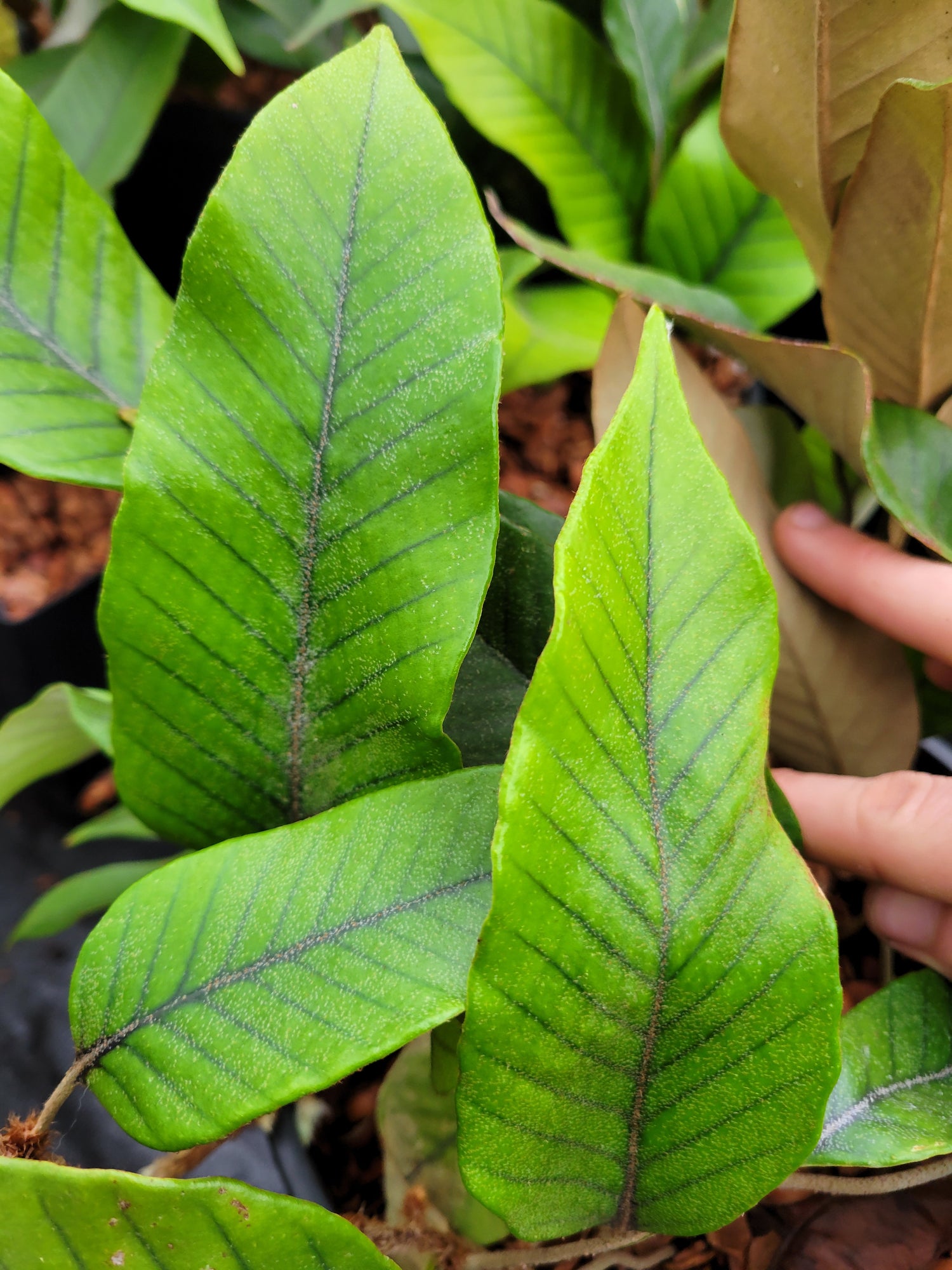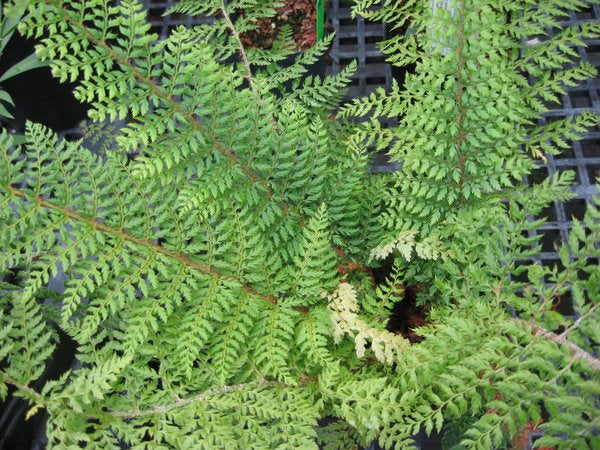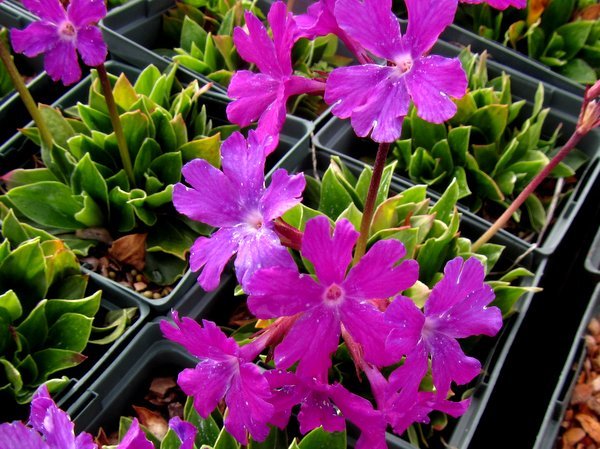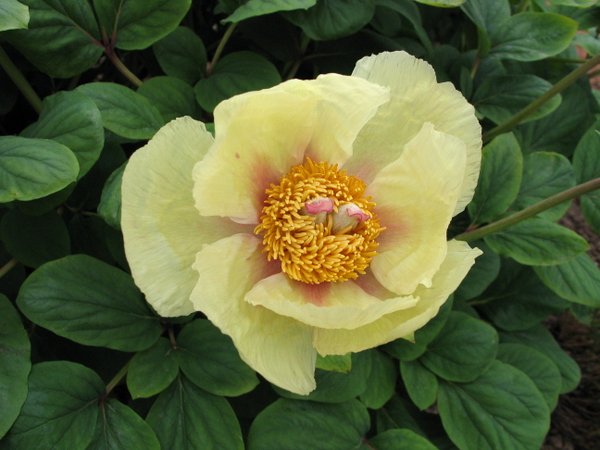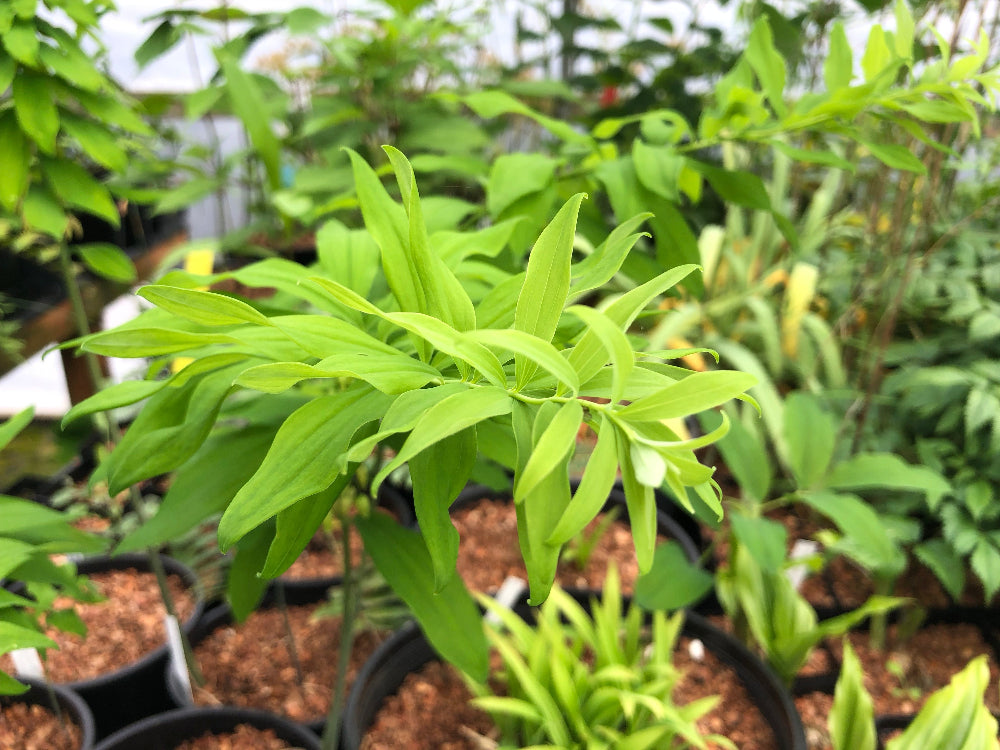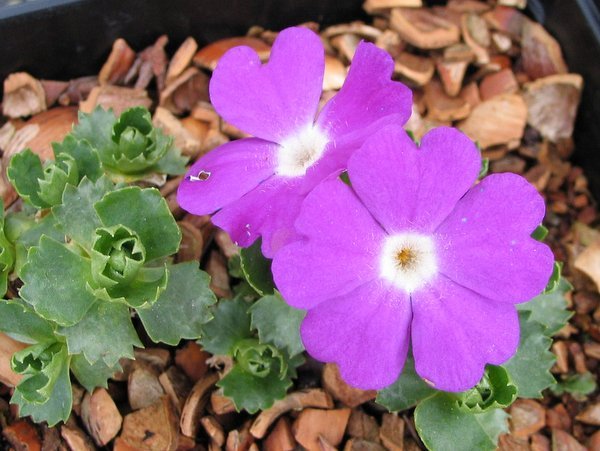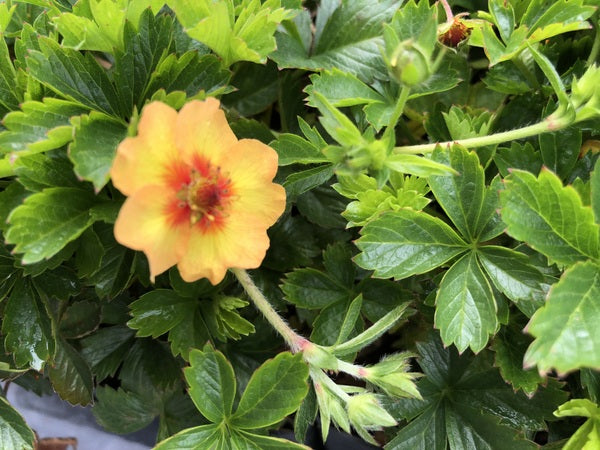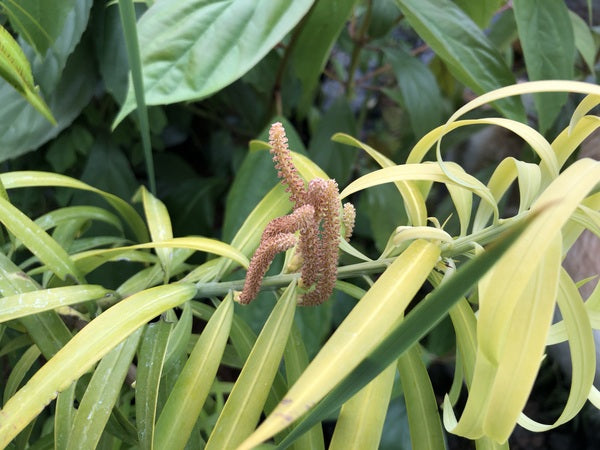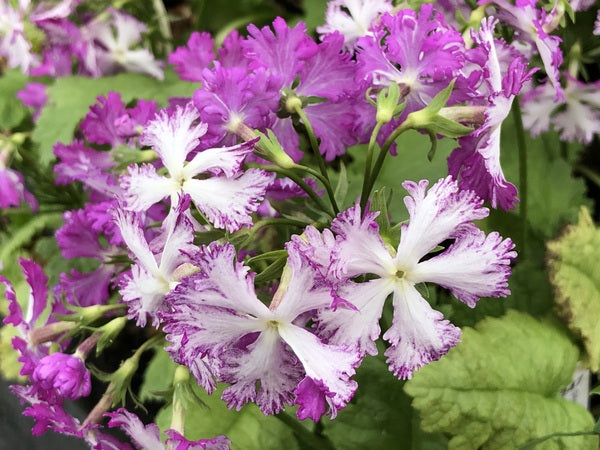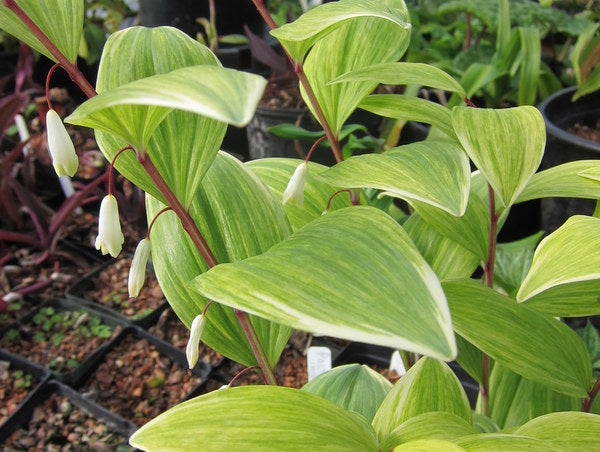Sort by:
235 products
235 products
The myriad of skinny little wimp linguas flee before the broad shouldered chad heteractis with its rippling dimorphic chest hair of stellate boat-shaped rays and rich wooly under layer, so says the Flora of China's arcane key . At least that's how I remember it. All this to say that this exciting little number we collected in Yunnan boasts wider fronds and more uniformly attractive indument than the more commonly offered Pyrrosia lingua. Rare to see this species in cultivation (though it's possible some linguas or "sp."s in the market are actually heteractis) and the elevation of this collection leaves some question as to its hardiness as compared to those finally reaching the mainstream but rarity and risk often go hand in hand.
A Far Reaches Botanical Conservancy Offering
More is more says Feather Boa, give into your sinful excesses! Species purists be damned we will flaunt our genetic freaks! Just like the fashion item for which it's named this Solomon's Seal cares not for demure two-leafed-ness, nor does it desire orderly whorls instead it produces a flurry of leaves splayed across the top of the stems that look like the rippling feathers of a fantastical bird. Very rare and very choice selection of this common species.
Into the rabid cutthroat world of the Gesneriad convention goes the strongest soldier of rare plant reconnaissance, Steve Hootman, curator of the Rhody garden and out comes a treasured jewelbox of all but unseen Gesner hybrids. Move over Mr. Cage there's a new heist-master, and I guess that makes us the black market dealer and you the faceless, nameless, glitterati of the botanical underworld. Imagine the gasp as the auctioneer brings forth this beauty, all red-bracted and silver-veined. Let the bidding begin
Collected in Ecuador at nearly 12000', this bromeliad will certainly tease with possibilities of hardiness. The stiff evergreen sword-like leaves are well-protected by evenly spaced sharp teeth which are the pinnacle of personal protection against herbivory. Critically, they guard against unwanted advances upon the infrequently produced stiff flower stem whose stoutly erect bearing is regarded either as a triumph of botanical engineering or the epitome of salacious horticultural projecting. The many stemless flowers were not seen but are arranged in stimulating tight spirals up the upper half of the thick vertical shaft. Growing on slopes in the humid páramo zone of mixed grass-forb-shrub communities with wide temperature swings and ample water from rain, clouds, fog and frost.
Another of the maybe mantoniaes, which is to say the hybridity is up for debate, as is the proper cultivar name (Bifido-multifidium and Bifido-cristatum are also in use), what isn’t up for debate is the really cool cresting on this Polypody with dichotomous branching at the frond apex as well as variably expressed splitting at the end of each pinnae creating a look like a row of bones. Makes me think of pirates every time I see it, and who couldn’t use more time out of their life thinking about pirates. It’s the pirate polypod life for me yarhar.
